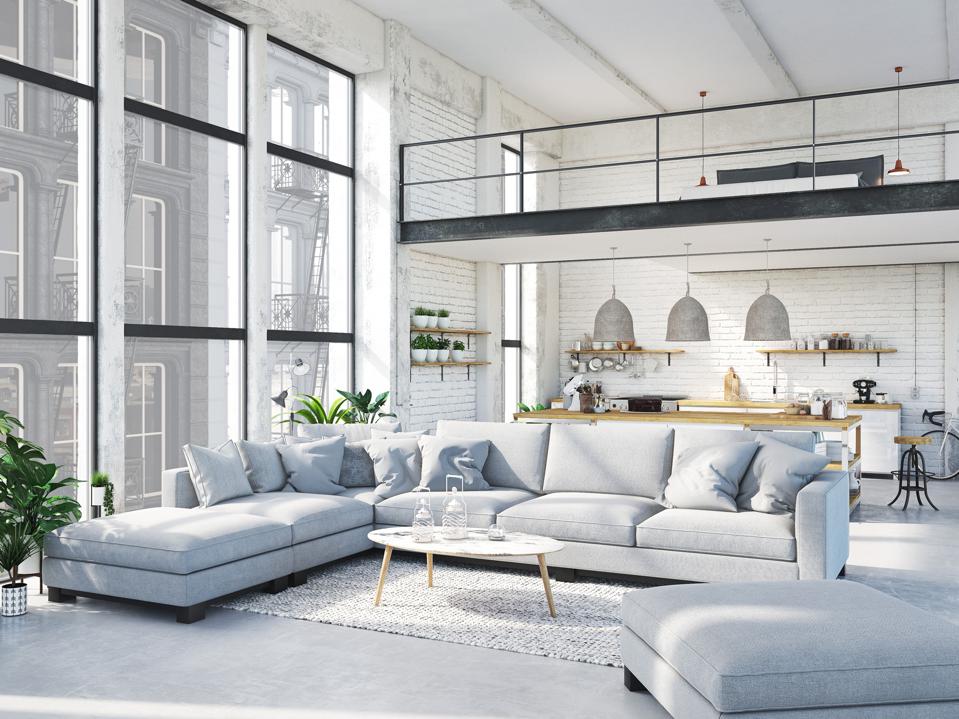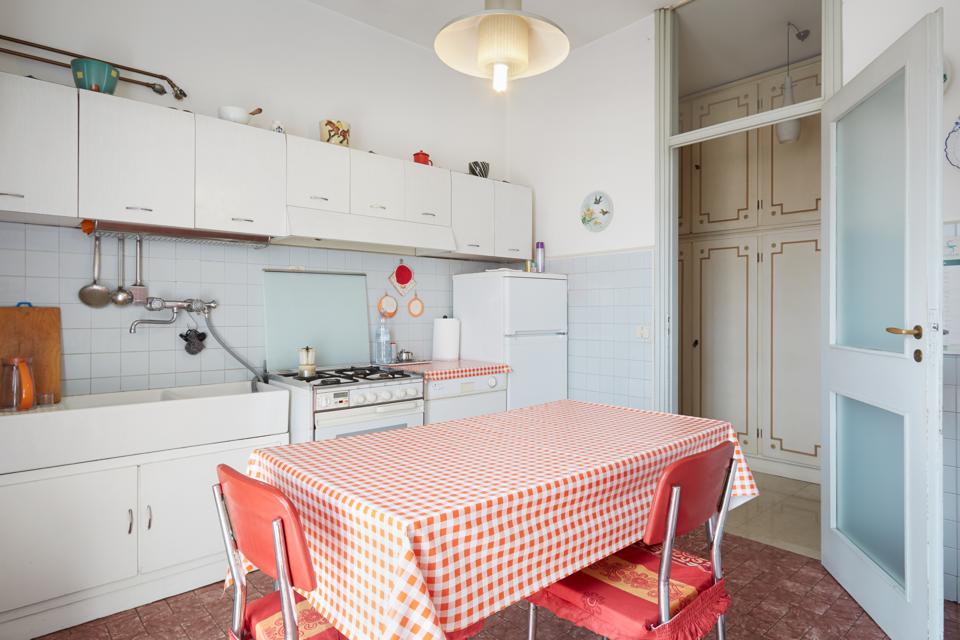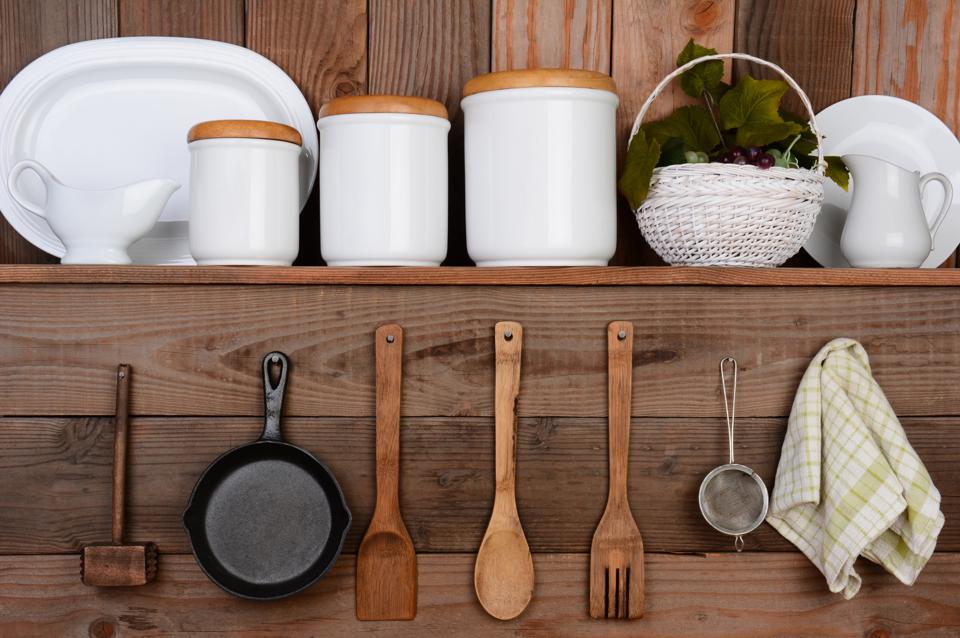
A kitchen that is part of living space has been the favored layout. That may change
getty
For the past few decades, the sledgehammer has begun most remodeling projects. Countless design shows depict, early in the program, gleeful homeowners and builders knocking down walls as they transform yet another traditional home design into the open concept floor plan we are all said to favor.
An open concept layout combines living, family and dining rooms with the kitchen, and the resulting space is often called a “great room.” We are said to want this configuration because it brings us together; the days of kitchens as separate work spaces are over, and now we cook, entertain, work, dine, do homework, watch TV and relax in the same space
The past year of Covid-enforced togetherness may have us looking at the open concept layout of homes in a new light.
Nicholas Potts, an architect working in Washington, DC, says he is rebuilding the kitchen wall removed years ago.
“When you have an open concept, you have to clean up all the time,” he says. “You don’t want to leave the dirty dishes because then you have to look at them. Nothing is more luxurious than not seeing everything.”

Kitchens used to be work spaces with doors. Will that return?
getty
MORE FOR YOU
“As people continue to work from home and focus on their home as a safe sanctuary, there will be a renewed focus on rooms to serve a specific purpose,” says Keren Richter, co-founder of White Arrow, a New York-based design studio.
“I don’t think we’ll necessarily head back to the land of galley kitchens. Still, I believe lofted interiors, where all entertaining and eating happens in one room, will be less desirable. Open-plan spaces are problematic for noise mitigation — the more things happen remotely, the more we want to close doors and have a sense of privacy.”
Janice Costa, president and founder of KB Designers Network, agrees.
“Layout wise, consumers are much more cognizant of the need for privacy within shared spaces. That means those open-floorplan kitchen spaces, while still popular, are seeing some refining, with niches added in to provide a bit of separation, allowing multiple family members to use the space at the same time without intruding on each other.”
Some designers don’t see us putting the walls back just yet.
“The open concept is not going away because our lifestyles have changed,” says Richard Anuskiewicz of Nashville, a member of the Consentino Design Alliance. “However, as kitchens are more exposed to other rooms, it spurs secondary spaces like pantries.”
Young Huh of New York points out that, when kitchens are open to the rest of the house, “People feel that they should eat all the time. When the kitchen was a closed room, it was customary to eat three meals a day, with maybe one snack.
“Where open kitchen plans work really well,” adds the interior designer, “Is in vacation homes. Life is more communal, more relaxed, and being together in one space does not interfere with someone’s ability to work.”

Walls not only provide privacy, they also provide storage
getty
Nicholas Potts says here is another important reason for the wall.
“Walls are wonderful for storage. When you take down that wall to open things up, you’re going to have to find places to store whatever was in the shelves or cabinets that were built against that wall.
“Now that we all see each other 24-7, we want less togetherness. We need walls, and to be able to get some privacy from each other.”
The kitchen may be more than a functional workspace, but we still need privacy and quiet. And even live-in kitchens need lots of storage.
